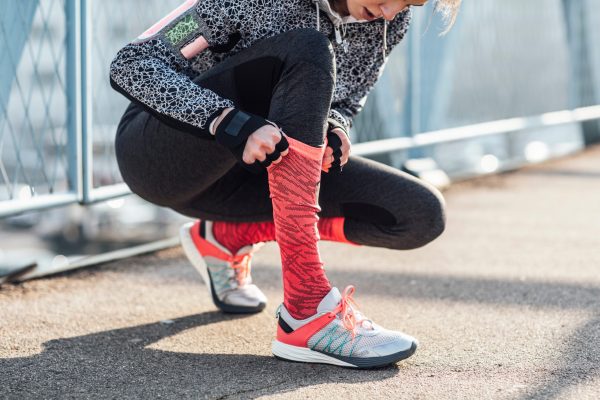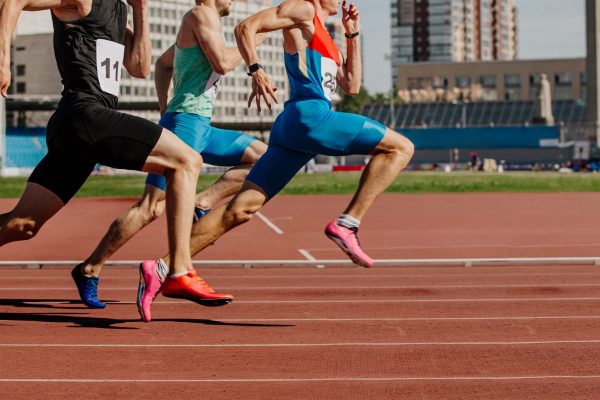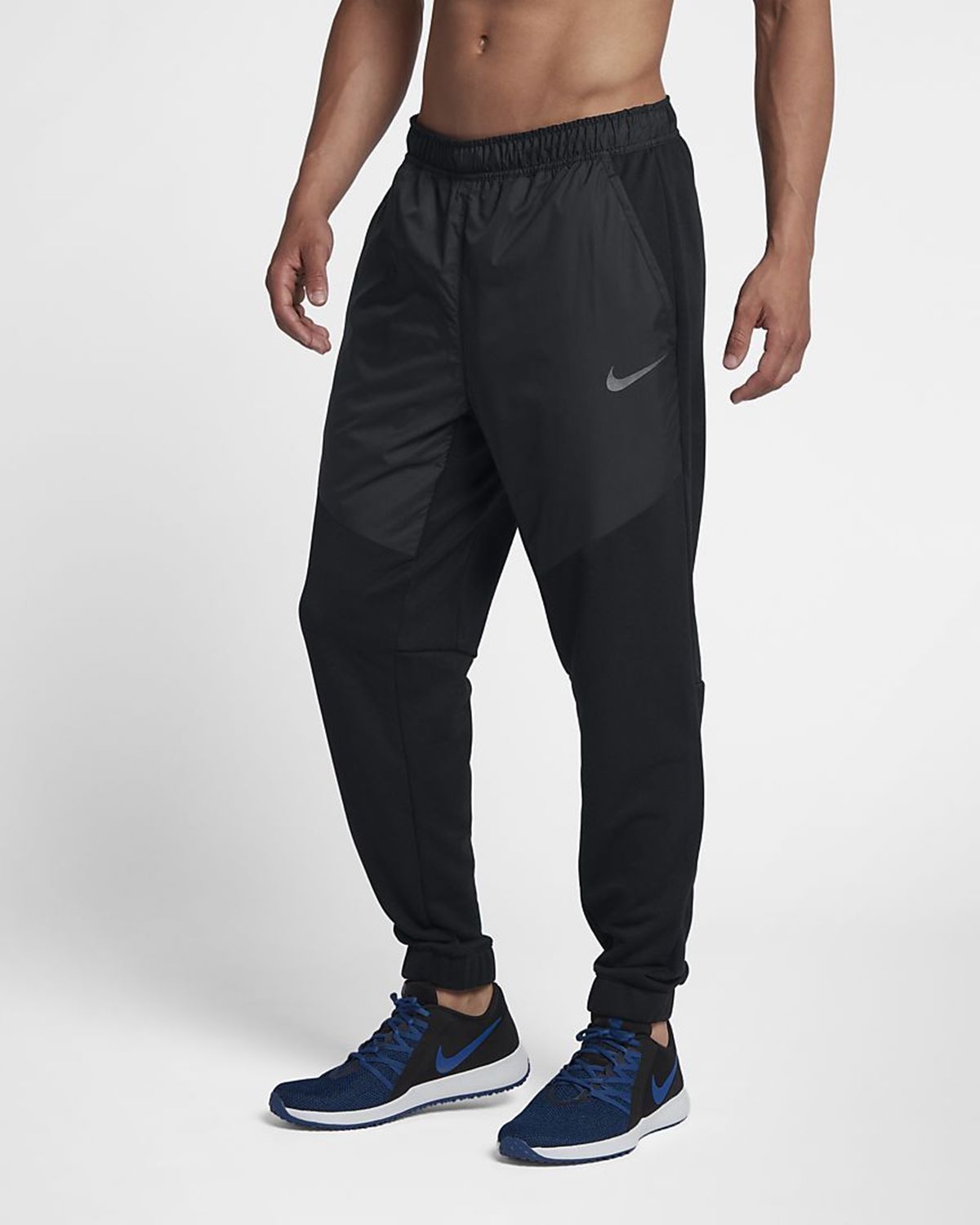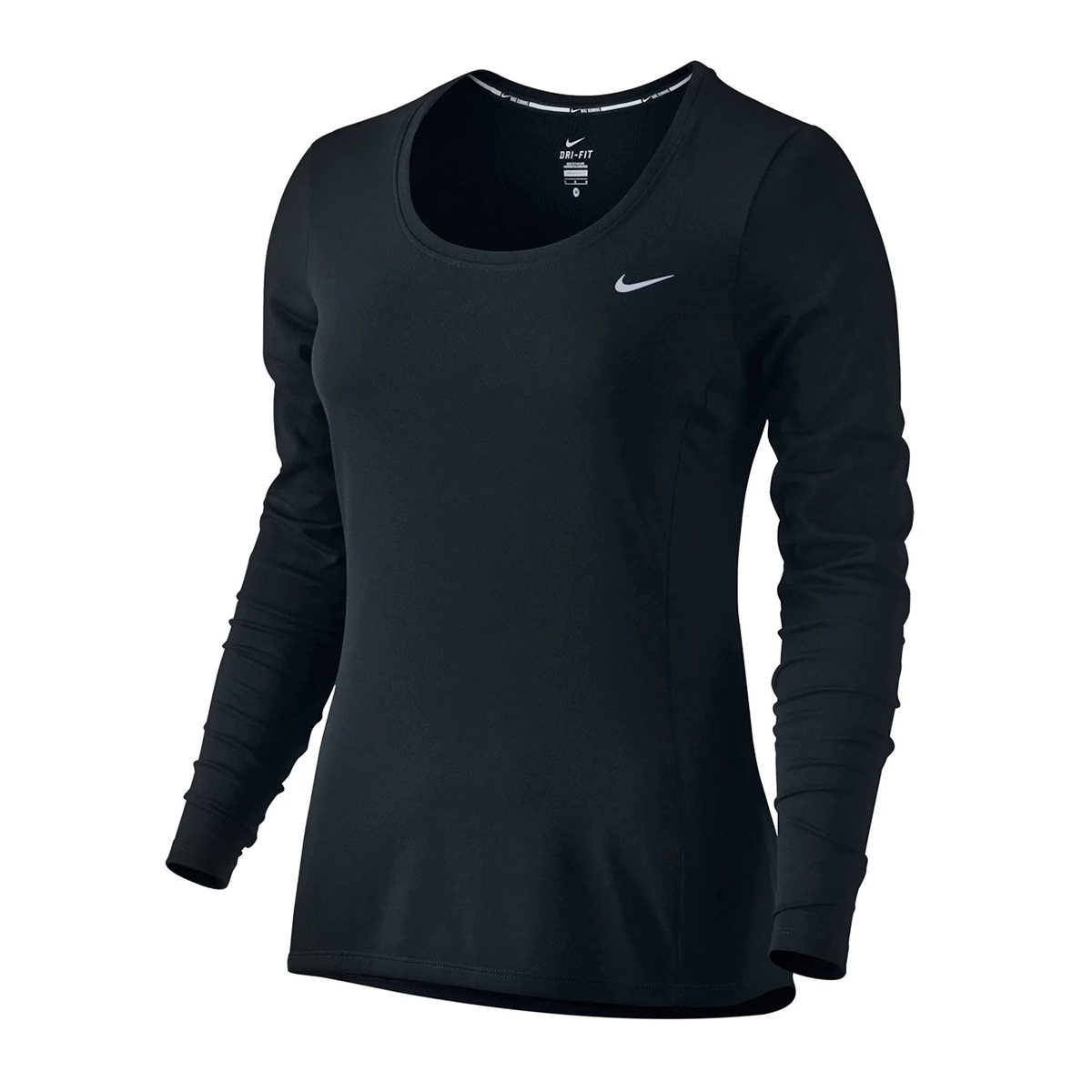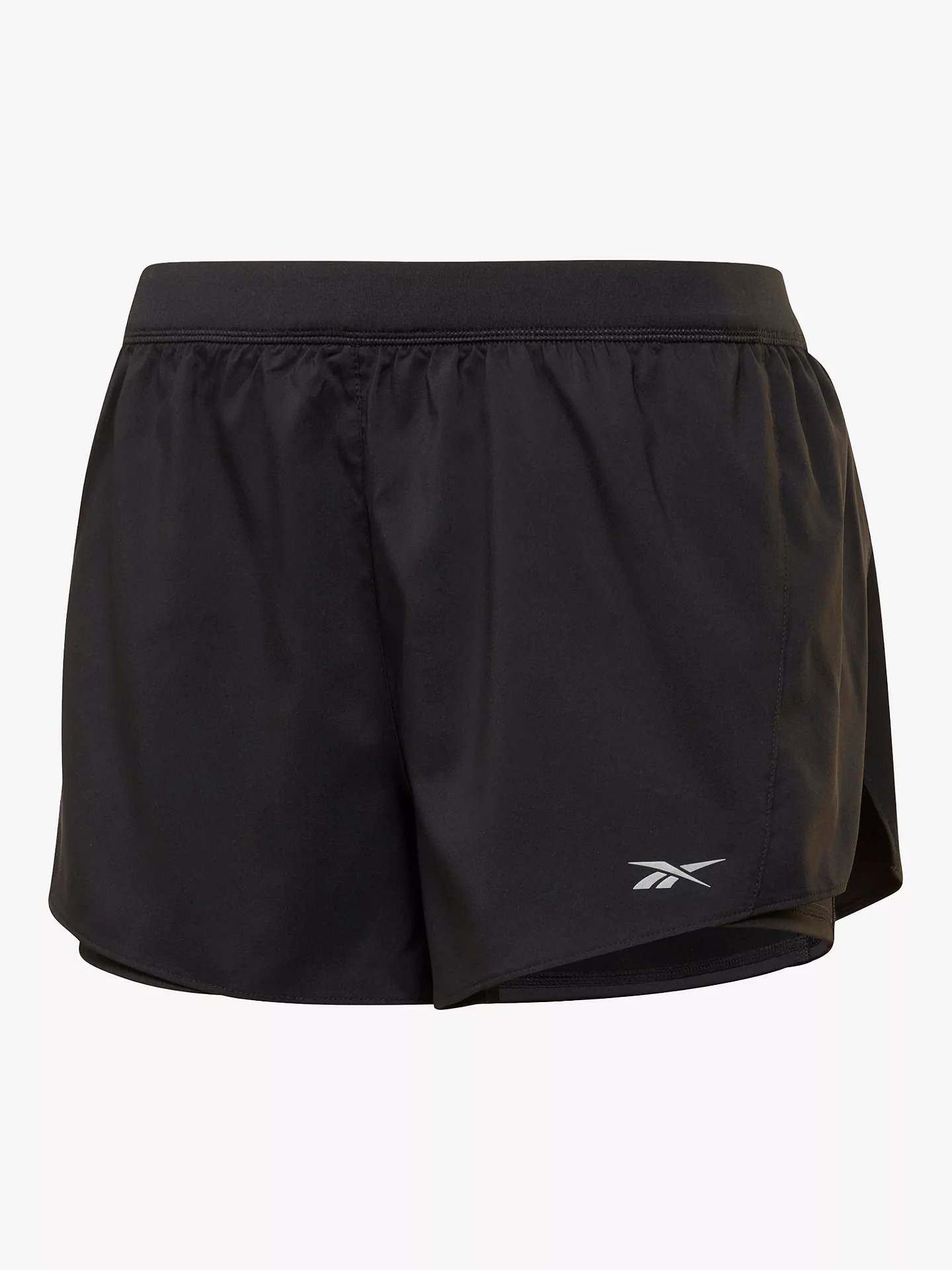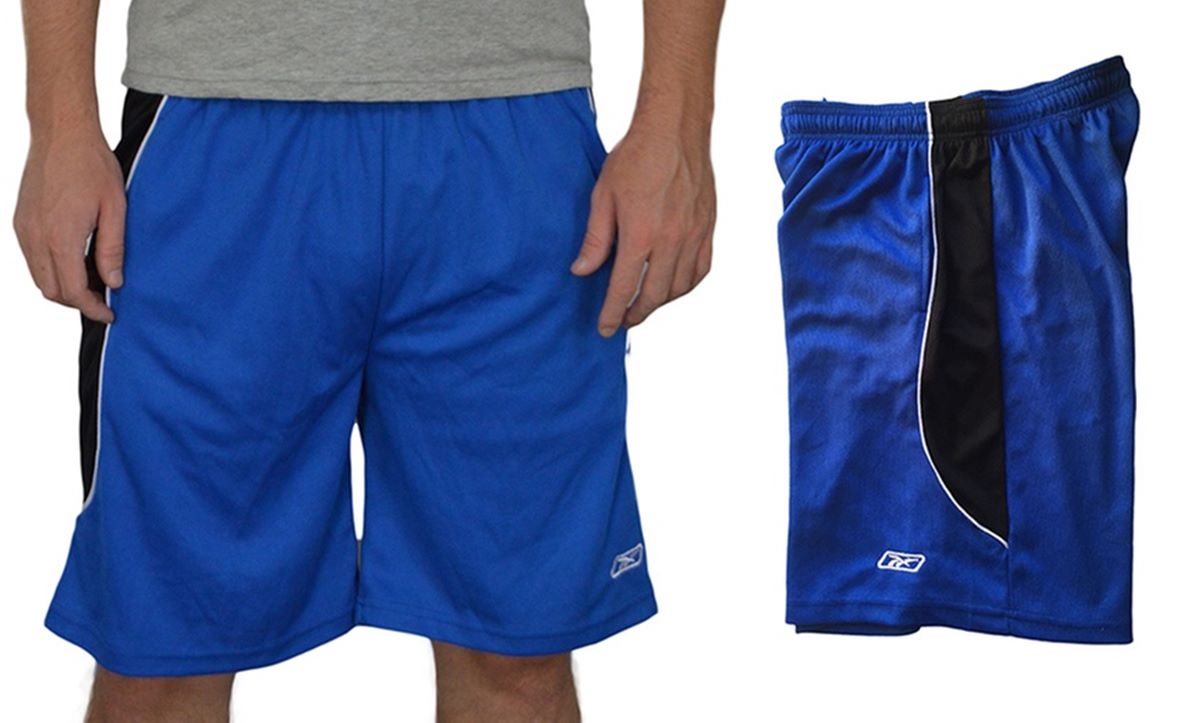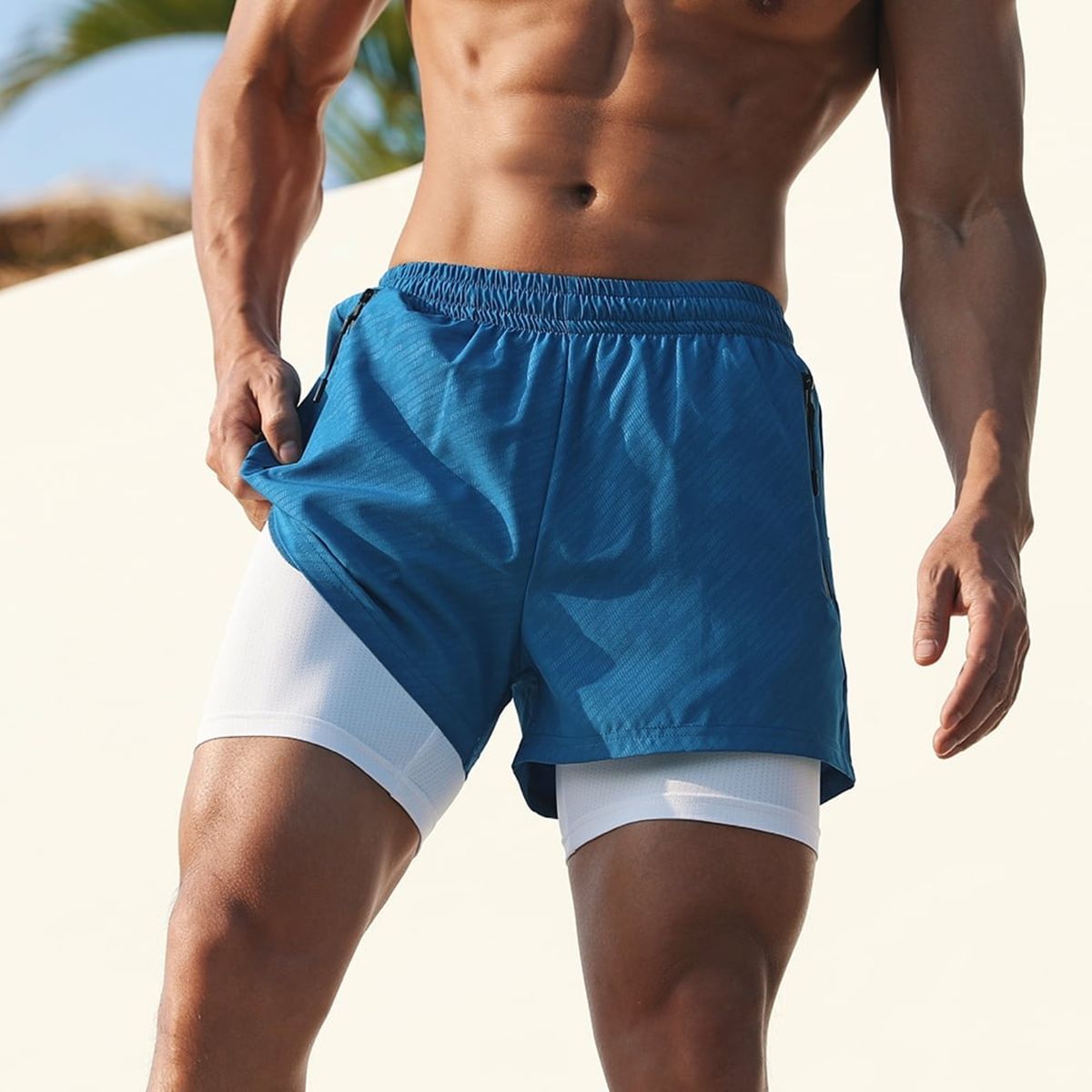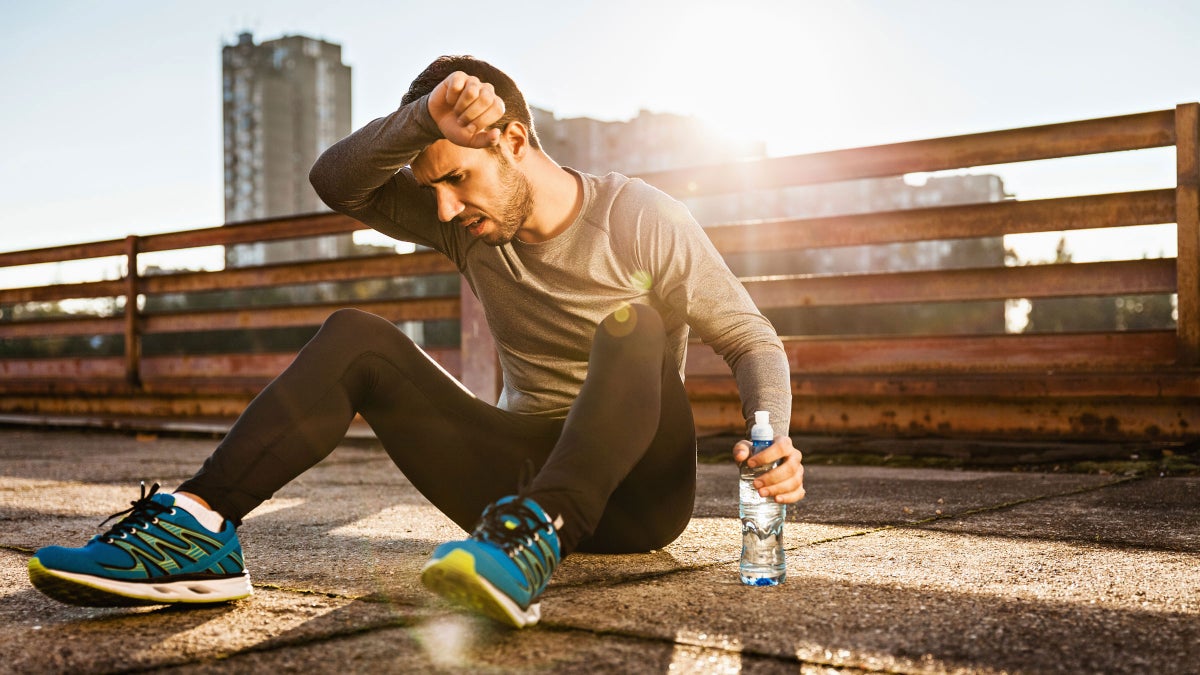

Featured
Why I Don’t Sweat During Exercise
Modified: January 2, 2024
Discover why sweating during exercise isn't always a sign of a good workout. Dive into the featured article to uncover the surprising reasons behind the lack of perspiration.
Introduction
Exercise is an essential component of a healthy lifestyle, and it comes with a variety of physical and mental benefits. For many people, sweating is a common occurrence during exercise, as the body’s natural cooling mechanism kicks in. However, there are individuals who may notice a lack of sweat despite engaging in rigorous physical activity. It may seem unusual or cause concern, but rest assured, it is not necessarily a cause for alarm.
Sweating is a natural response triggered by the body to regulate its temperature during physical exertion. As we exercise, our body temperature rises, which prompts the sweat glands to produce sweat. As the sweat evaporates from the skin, it helps dissipate heat and keep the body cool. However, the process of sweating can vary significantly from person to person.
Understanding why some people don’t sweat during exercise requires a glimpse into the science behind perspiration and the interplay of various factors influencing it. It’s also crucial to acknowledge that our bodies are unique, and individual variation plays a role in determining how much we sweat during physical activity.
In this article, we will explore the reasons behind the lack of sweating during exercise and how other indicators can be used to gauge the intensity of a workout. We will also discuss the importance of hydration in exercise performance and debunk any misconceptions associated with the lack of sweat during physical activity.
The Science behind Sweating
Sweating is a vital physiological process that helps regulate body temperature, especially during periods of physical exertion. The primary function of sweating is to cool the body down and prevent overheating.
The process of sweating is controlled by the autonomic nervous system, which is responsible for governing involuntary bodily functions. When the body’s temperature rises, the hypothalamus in the brain sends signals to the sweat glands, initiating the production and release of sweat.
Once sweat is secreted from the sweat glands, it appears on the surface of the skin. As ambient air comes into contact with the sweat, it evaporates, dissipating heat from the body in the process. This cooling effect helps maintain body temperature within a safe range during physical activity.
The sweat itself is primarily composed of water, electrolytes (such as sodium and potassium), and trace amounts of waste products like urea. The precise composition of sweat can vary depending on factors such as genetics, overall health, and the intensity and duration of the activity.
It’s important to note that sweat production is not solely dependent on the body’s temperature but is also influenced by other factors. Hormones, such as adrenaline, can increase sweat production even at lower body temperatures. Additionally, individual characteristics like fitness level, age, gender, and genetics can also impact sweat rates during exercise.
While sweating is a natural and necessary response to regulate body temperature, it’s essential to remember that the absence of visible sweat does not necessarily indicate a lack of effort or successful workout. Let’s explore the factors that can affect individual variation in sweating during exercise.
Factors Affecting Sweating during Exercise
There are several factors that can influence the amount of sweat produced during exercise. Understanding these factors can shed light on why some individuals may not sweat as much as others.
1. Fitness Level: Individuals who are more physically fit tend to have a higher sweat rate. This is because regular exercise improves cardiovascular efficiency, allowing the body to cool more efficiently.
2. Genetics: Each person is born with a unique genetic makeup, which can impact their sweat glands’ size, location, and density. These genetic variations can influence the amount of sweat produced during exercise.
3. Acclimatization: When exercising in hot or humid environments, the body gradually adapts to the conditions through a process called acclimatization. Acclimatized individuals may sweat more profusely in these conditions compared to those who are not acclimatized.
4. Age: Older individuals may have a reduced sweat response due to natural changes in the body’s thermoregulatory systems. This can impact their ability to cool down during exercise and may result in less visible sweat.
5. Body Composition: Body composition, specifically the ratio of muscle to fat, can influence sweating. Muscles generate more heat during exercise, leading to increased sweat production.
6. Medications and Medical Conditions: Certain medications, such as antihistamines or antiperspirants, can reduce sweat production. Additionally, medical conditions like hypohidrosis or anhidrosis can limit the body’s ability to sweat.
It’s important to remember that the absence of visible sweat does not necessarily mean that an individual is not working hard during exercise. Other indicators can be used to gauge exercise intensity and effort.
Analyzing Personal Experiences
When it comes to sweating during exercise, personal experiences can vary significantly. Some individuals may find themselves drenched in sweat after a short workout, while others may barely break a sweat despite intense physical activity. Analyzing personal experiences can provide valuable insights into why some individuals may not sweat as much.
1. Different Sweat Responses: Just as our bodies are unique, our sweat responses can also differ. Some people naturally have a higher sweat rate, while others may have a lower sweat rate. This variation can be attributed to factors such as genetics and individual physiology.
2. Fitness Levels and Adaptation: Fitness levels and the body’s adaptation to exercise play a role in sweat production. Well-trained individuals may notice that their sweat rate increases over time as their bodies become more efficient in cooling down during exercise.
3. Environmental Factors: The environment in which exercise takes place can influence sweat production. Hot and humid conditions can stimulate higher sweat rates, while exercising in cooler environments may result in less visible sweating despite similar exercise intensity.
4. Hydration Status: Adequate hydration is crucial for proper sweat production. Insufficient hydration can lead to reduced sweat rates and impaired thermoregulation. It’s important to ensure adequate fluid intake before, during, and after exercise to support optimal sweat production.
5. Psychological Factors: Stress, anxiety, and nervousness can impact the body’s sweat response. Some individuals may experience reduced sweating as a result of these psychological factors or a heightened sympathetic nervous system response.
Ultimately, it’s essential to remember that the absence of visible sweat doesn’t necessarily indicate a lack of effort or exertion during exercise. Other indicators, such as increased heart rate, respiration rate, and perceived exertion, can be used to gauge the intensity of a workout.
Now that we have explored personal experiences, let’s delve deeper into understanding individual variation and possible reasons for the lack of sweat during exercise.
Understanding Individual Variation
When it comes to sweating during exercise, individual variation plays a significant role. Not everyone follows the same patterns or exhibits the same physiological responses. Understanding this variation can help explain why some individuals may sweat less during physical activity.
1. Sweat Gland Density: The number of sweat glands in a person’s body can vary. Some individuals may have a higher density of sweat glands, leading to a greater overall sweat production, while others may have a lower density, resulting in less visible sweating.
2. Sensitivity to Heat: Each person has a different threshold for heat sensitivity. Some individuals may start sweating sooner and more profusely, while others may have a higher tolerance for heat and therefore sweat less visibly.
3. Hormonal Factors: Hormones can influence sweat production. For example, menopause in women may result in changes to sweat patterns due to hormonal fluctuations.
4. Stress Response: The body’s response to stress can impact sweat production. Some individuals may experience a heightened stress response, leading to increased sweat production, while others may have a more subdued response.
5. Genetic Factors: Our genetic makeup can also contribute to individual variation in sweat production. Genes associated with sweat gland function and regulation can influence the amount of sweat produced during physical activity.
6. Fitness Level and Training: Individuals who engage in regular exercise and have a higher fitness level may experience changes in sweat production over time. As the body becomes more conditioned, sweat rates may increase to facilitate better temperature regulation.
It is important to note that the absence of visible sweat does not necessarily mean that an individual is not exerting themselves during exercise. Each person’s body operates differently, and sweat production alone is not the sole indicator of effort or intensity.
Now, let’s explore some potential reasons for the lack of sweat during exercise and debunk any misconceptions associated with it.
Potential Reasons for Lack of Sweating
While sweating is a natural response during exercise, some individuals may notice a lack of sweat or reduced visible sweating. There can be several potential reasons for this phenomenon, which are important to consider to better understand individual differences.
1. Individual Variation: As mentioned earlier, individual variation plays a significant role in sweat production. Some people naturally sweat less or have a lower sweat rate, which may result in less visible sweating during exercise.
2. Hydration Status: Adequate hydration is essential for optimal sweating. If an individual is not adequately hydrated before exercise, it can affect sweat production, leading to reduced visible sweating.
3. Climate and Environmental Factors: The temperature and humidity of the workout environment can influence sweat rates. Exercising in a cooler or less humid environment may result in less visible sweating, even if the exercise intensity is high.
4. Efficiency of Cooling Mechanisms: Some individuals may have a more efficient cooling mechanism, allowing them to dissipate heat without excessive sweating. This efficiency can be attributed to factors such as fitness level, thermoregulatory adaptations, and genetics.
5. Medications or Medical Conditions: Certain medications, such as antiperspirants or medications that affect sweat gland function, can reduce sweating. Additionally, medical conditions like hypohidrosis or anhidrosis can impair the body’s ability to sweat.
6. Anatomical Differences: Variations in the size, distribution, and density of sweat glands can contribute to differences in visible sweating. Some individuals may have fewer sweat glands in certain areas of the body, leading to less visible sweat during exercise.
It’s important to remember that the absence of visible sweat does not necessarily indicate a lack of effort or an ineffective workout. Other indicators, such as increased heart rate, respiration rate, and perceived exertion, can provide insight into the intensity of the exercise session.
Now that we have explored potential reasons for the lack of sweat during exercise, let’s discuss other indicators that can help gauge exercise intensity and the importance of hydration for optimal performance.
Other Indicators of Exercise Intensity
While visible sweat is often associated with exertion during exercise, it’s important to recognize that there are other indicators that can be used to gauge the intensity of a workout. These indicators provide valuable insights into the body’s physiological response to exercise.
1. Heart Rate: Monitoring heart rate is a reliable method to assess exercise intensity. As exercise intensity increases, heart rate also tends to rise. Measuring heart rate during exercise can help individuals track their exertion levels and ensure they are working within their target heart rate zone.
2. Breathing Rate: Another reliable indicator of exercise intensity is the rate of respiration. As physical activity becomes more intense, breathing rate increases to provide enough oxygen to the working muscles. Paying attention to the depth and frequency of breaths can give insights into the intensity of the workout.
3. Perceived Exertion: Assessing perceived exertion, or how hard an individual feels they are working, is a subjective yet valuable indicator. The Borg Rating of Perceived Exertion (RPE) scale is often used, where individuals rate their exertion level on a scale of 1-10. Higher ratings indicate a higher level of perceived exertion and potentially a more intense workout.
4. Muscle Fatigue: The feeling of muscle fatigue or exhaustion can indicate a high-intensity workout. As the muscles work harder, they can become fatigued and may exhibit signs such as trembling or a sensation of heaviness. Paying attention to these muscle sensations can provide insight into the intensity of the exercise session.
5. Energy Expenditure: Calculating energy expenditure, typically measured in calories burned, is another way to assess exercise intensity. Higher intensity workouts generally result in a higher calorie burn, indicating a more intense session.
It’s important to understand that the absence of visible sweat does not necessarily mean a lack of effort or an ineffective workout. Monitoring these alternate indicators can help individuals gauge their exercise intensity, track progress, and tailor their training routines accordingly.
Now let’s delve into the crucial role of hydration in exercise performance.
Hydration and Exercise Performance
Proper hydration is essential for maintaining optimal performance during exercise. When the body is dehydrated, it can negatively impact various physiological functions, including sweat production and thermoregulation. Understanding the importance of hydration can help individuals maximize their exercise performance and ensure safety during physical activity.
During exercise, the body loses water through sweat to regulate its temperature. It’s crucial to replenish this lost fluid to maintain adequate hydration levels. Dehydration can lead to decreased blood volume, reduced sweat production, and impaired heat dissipation, ultimately compromising exercise performance.
When it comes to hydration, there are a few key factors to consider:
1. Pre-Exercise Hydration: It’s recommended to start exercise well-hydrated by consuming fluids leading up to the workout. This helps ensure that the body has adequate fluid reserves to support sweat production and thermoregulation during physical activity.
2. Hydration During Exercise: The duration and intensity of the workout dictate the need for fluid intake during exercise. Hydration should be individualized based on factors such as sweat rate, environmental conditions, and personal preference. Sipping fluids regularly, ideally water or sports drinks containing electrolytes, can help maintain hydration levels and support performance.
3. Signs of Dehydration: It’s important to be aware of the signs of dehydration, which can include thirst, dry mouth, dark-colored urine, fatigue, and dizziness. Monitoring these signs can prompt individuals to increase fluid intake during exercise and prevent excessive dehydration.
4. Post-Exercise Hydration: Replenishing fluids after exercise is crucial for recovery. Consuming water or beverages containing electrolytes helps restore fluid balance and supports the body’s recovery processes.
It’s important to note that individual hydration needs can vary based on factors such as body weight, fitness level, exercise intensity, and environmental conditions. Consulting with a healthcare professional or a sports nutritionist can provide personalized guidance on hydration strategies for specific exercise goals and individual needs.
In summary, staying properly hydrated before, during, and after exercise is vital for maintaining optimal performance and supporting overall well-being. By prioritizing hydration, individuals can enhance their exercise experience, improve endurance, and reduce the risk of dehydration-related complications.
Conclusion
Understanding the intricacies of sweating during exercise can shed light on the wide range of individual experiences and variations. While some people may sweat profusely during physical activity, others may not exhibit visible sweating despite exertion. It’s important to remember that the absence of visible sweat does not necessarily indicate a lack of effort or an ineffective workout.
The science behind sweating reveals that it is a natural response orchestrated by the body to regulate temperature during exercise. Factors such as fitness level, genetics, environmental conditions, and individual variation can influence the amount of sweat produced.
While sweat is an important indicator of the body’s cooling mechanism, there are other reliable indicators of exercise intensity. Monitoring heart rate, breathing rate, perceived exertion, muscle fatigue, and energy expenditure can provide valuable insights into the effectiveness and intensity of a workout.
Hydration is crucial for optimal exercise performance. Adequate fluid intake before, during, and after exercise helps maintain hydration levels and supports heat dissipation through sweat production. Ignoring hydration needs can lead to decreased performance, compromised thermoregulation, and potential health risks.
It is essential to recognize and respect individual differences when it comes to sweating during exercise. Each person’s body operates uniquely, and sweat production can vary significantly. By understanding the various factors influencing sweat production and focusing on individual indicators of exercise intensity, individuals can tailor their workouts to meet their needs and goals.
Embracing our bodies’ uniqueness and being attentive to hydration needs creates a foundation for safe and effective exercise. So, the next time you notice differences in your sweat production, remember that sweat is just one piece of the puzzle. Listen to your body, stay hydrated, and celebrate the many ways in which exercise can positively impact your well-being.

